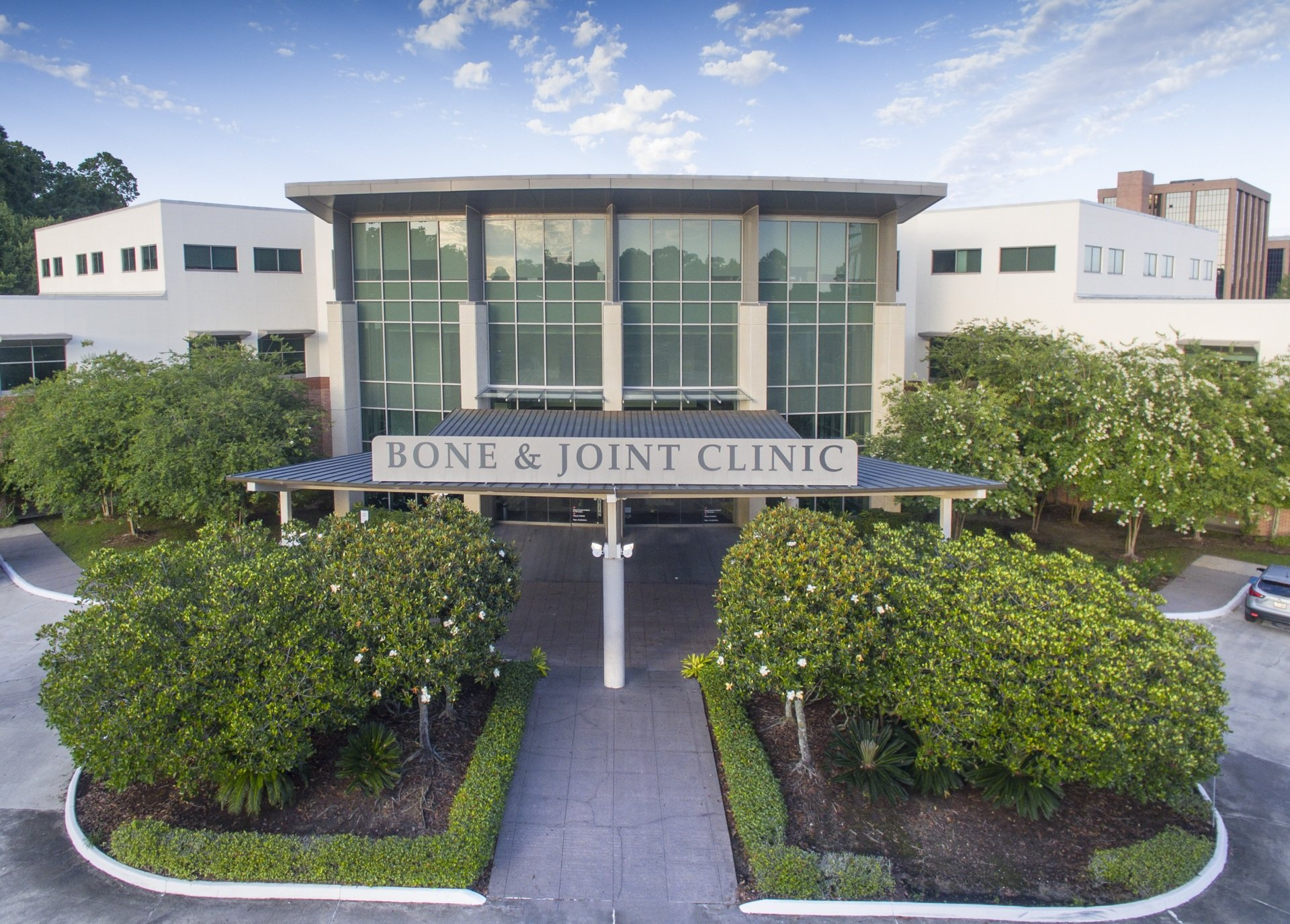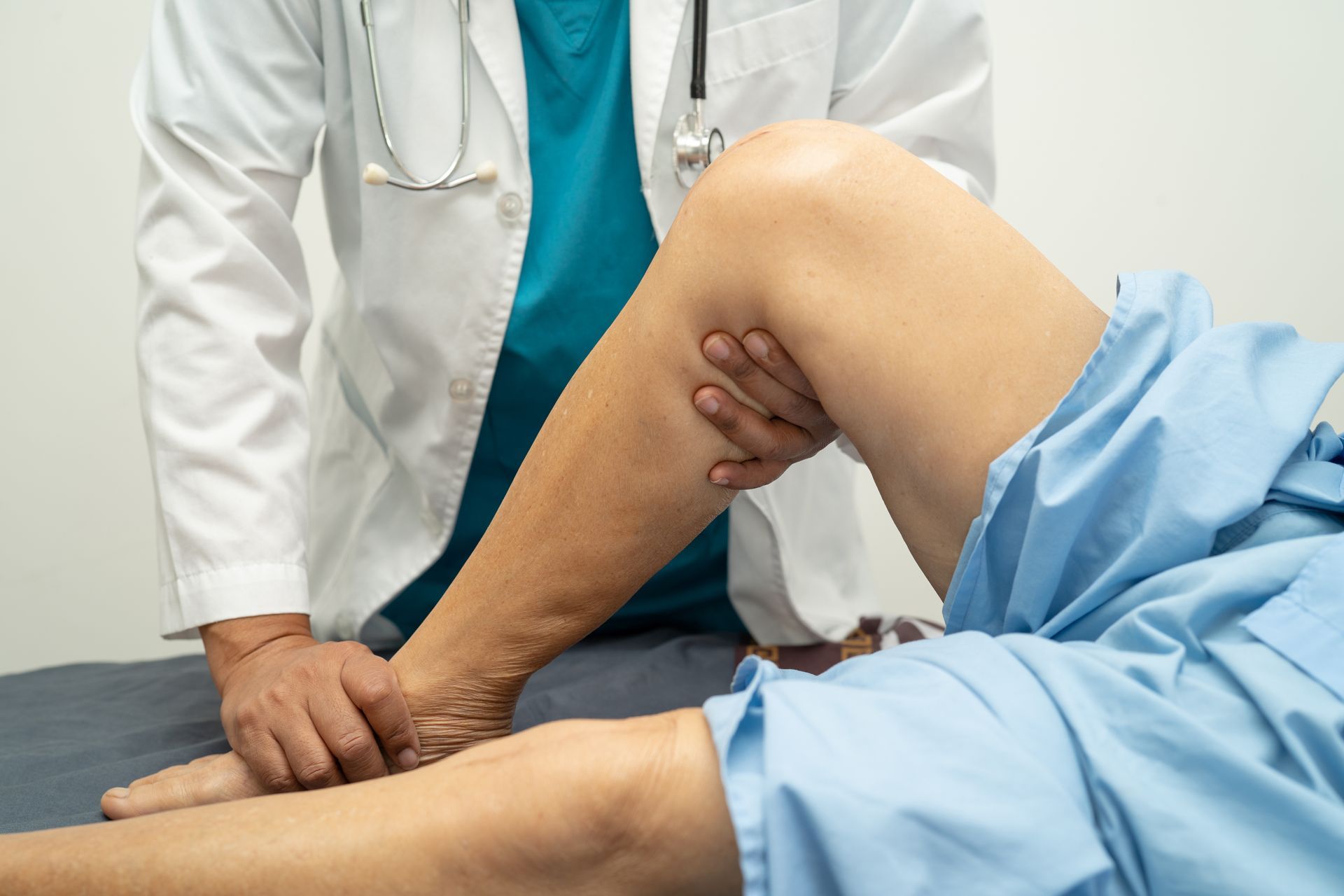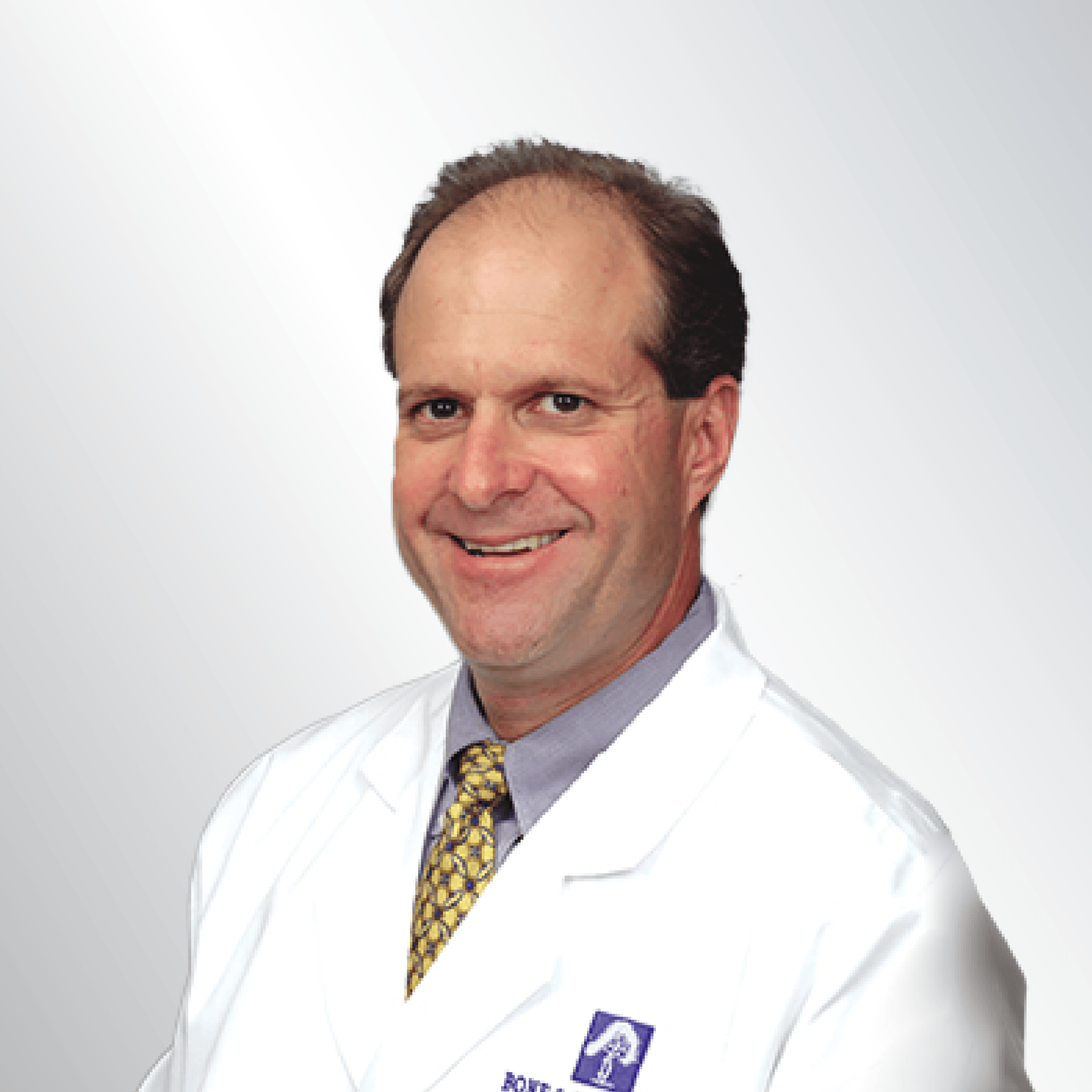The ACL, or anterior cruciate ligament, is a key ligament in the knee that provides stability and controls the forward movement of the tibia relative to the femur. If injury to the ligament results in a complete tear, the knee will likely require surgical repair. Arthroscopic ACL reconstruction is a minimally invasive technique often used to restore proper function and stability to the knee after injury. This procedure involves small incisions, minimizes damage to surrounding tissues, and promotes a faster recovery.
Reconstruction of the ACL with a Quad Tendon Autograft
During this procedure, the torn ACL is completely removed and replaced with a tendon taken from another part of the patient's body, known as an autograft. The autograft is often taken from the patellar, hamstring, or quadriceps tendon. The quad tendon has recently gained popularity in the reconstruction of the ACL for its exceptional strength and durability.
A knee surgeon makes a small incision in the thigh to harvest the quad tendon and prepare it for fixation into the knee in place of the torn ACL. The grafted tendon is thoroughly inspected and optimized to fit the patient's native ACL dimensions. Special sutures are stitched into both sides of the tendon autograft that will serve as anchor points to hold the graft in place.
The knee is prepped for insertion of the autograft by drilling several small tunnels in the bones of the tibia and femur. The harvested quad tendon graft is then threaded through the bone tunnels by the sutures placed during its preparation. The graft position and tension are fine-tuned before anchoring the sutures to the bone. The surgeon can check the stability of the graft by bending and extending the patient's knee to ensure normal function. The incisions are then stitched closed, and the patient can be moved to a recovery area for postoperative monitoring.
Recovery After an Arthroscopic ACL Reconstruction
Immediately after surgery, you will be monitored for a few hours to ensure there are no complications from the anesthesia before being cleared to go home. Although movement is encouraged post-procedure, you will need to wear a brace for several weeks to assist in stabilizing the knee during the early stages of recovery until any swelling begins to subside and you regain muscle control. Crutches may also be required to keep weight off of the joint to minimize pain after surgery.
Physical therapy is an important component of regaining normal function and returning to an active lifestyle. Therapy will usually begin a few days to a week after surgery, with an emphasis on expanding the range of motion and improving strength, balance, and stability. Performing exercises at home daily can aid in regaining full mobility in a shorter amount of time. Expect to continue therapy for several months, with a gradual return to any physical activity or sports between 6 to 9 months, depending on your progress. The recovery and rehabilitation process plays a vital role in restoring knee function, improving strength, and minimizing the risk of re-injury. Compliance with the prescribed rehabilitation program is essential for successful outcomes.
Advantages of Arthroscopic Surgery Using a Quad Tendon Autograft
Combining arthroscopic techniques with the use of a quad tendon autograft may facilitate a speedier recovery, especially for those who live active lifestyles. Performing the reconstruction arthroscopically minimizes surrounding tissue damage, facilitates quicker healing, and reduces postoperative pain. Patients also report better functional outcomes and enhanced long-term success when surgery is performed using these advanced methods. Additionally, the smaller incisions allow for a more aesthetically pleasing appearance after surgery.
Using a quad tendon autograft provides unique benefits for ACL reconstruction. The tendon can be used in both adult and pediatric patients, customizing the length and shape to fit in place of the native ACL, allowing the knee to function comparably to its condition pre-injury. After harvesting about 25 to 30 percent needed for grafting the reconstruction, the quad tendon still provides ample tissue to support the normal function of the upper leg with reduced pain and minimal weakness. In place of the ACL, it provides a strong and reliable graft to stabilize the knee, permitting patients to gain full mobility and range of motion over the long term. With increased load to failure and low rates of re-tear, the quad tendon graft offers a superior option in terms of longevity.
While individual outcomes may vary, the use of quad tendon autografts along with arthroscopic surgery has demonstrated positive results in terms of stability, functionality, and patient satisfaction. With the use of innovative surgical techniques, appropriate therapy, and patient compliance with postoperative instructions, this procedure can successfully aid in returning the patient to their pre-injury level of activity and regain strength, stability, and confidence in their knee's performance.
The physicians at Bone and Joint specialize in treating complicated joint injuries such as ACL tears. They employ a combination of advanced techniques and patient-centered care to promote successful surgical outcomes and sustainable long-term results with a reduced risk of future injuries. If you experience an injury that requires orthopedic intervention, you can feel confident that our team is ready to provide innovative treatment options tailored to your needs. Schedule your consultation today.


7301 Hennessy Blvd.
Suite 200
Baton Rouge, LA 70808
tel: (225) 766-0050
fax: (225) 766-1499
Bone & Joint Clinic of Baton Rouge, Inc. complies with applicable Federal civil rights laws and does not discriminate on the basis of race, color, national origin, age, disability or sex.
Click to view our notice.
Bone & Joint Clinic of Baton Rouge | All Rights Reserved.


